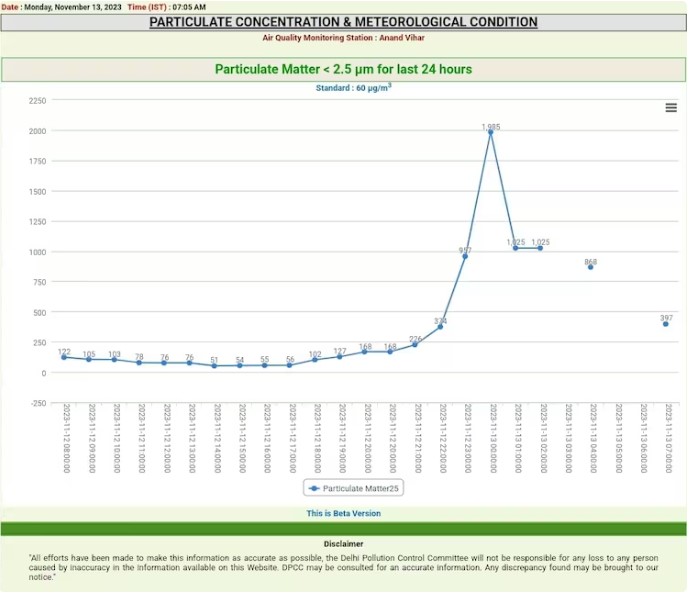Pulao and biryani are not interchangeable. Chefs describe their unique qualities.

According to chefs, different cooking techniques and spices are used to make biryani and pulao.
A lip-smacking biryani is appropriate for special occasions. While the one-pot rice dish is well known for its mouthwatering flavors and is sometimes thought of as non-vegetarian food, there are many modifications that can be made to make it an equally intriguing vegetarian delicacy.
That does not, however, create the dish pulao. According to food experts, the two rice delicacies have slight distinctions because they cater to different palates.
Since the premise that cultural context affects taste is an intriguing starting point, let’s examine the history of biryani and pulao to help you understand the differences.
of cooking over low heat
Although the precise origin of biryani is unclear, culinary experts claim the dish is a fusion of spices from Persia and India. There are theories that biryani was initially prepared for the army or a greater workforce.
It was simply put together by piling the meat or veggies, spices, and rice and setting it on fire for a longer amount of time unsupervised as a one-pot rice dish that would be prepared in large-sized cookware.
Ajay Thakur, corporate chef at New Delhi’s Hitchki Resto Bar, claimed that cooking for a large gathering of people was easy and labor-intensive.
According to Thakur, biryani is considered to be an advanced form of pulao because it is thought to have its roots in pulao.
It is argued that India is where this cuisine first appeared, and references to it can be found in old Indian scriptures. Additionally, it has been suggested that either the Spanish or the Persians developed the dish. It is a rice dish made of rice, a spiced broth, and either meat or vegetables. Compared to biryani, it’s frequently wet and mildly spiced, Thakur continued.
“Unlike biryani, which calls for cooking rice, meat, or vegetables in a pot using the absorption method and mild spices, pulao is prepared considerably more simply. “Yakhni pulao is a traditional example; it is prepared using the same mutton stock, but with more flavor and milder spice levels, and it is served with a salan or gravy on the side,” explained Joshi.

spices and layering
Thakur described biryani as a more complicated dish that uses a variety of spices, herbs, onion curry, and occasionally tomatoes as well. He also claimed that the way it is prepared and the spices used make a difference in the way it tastes.
“Rice and mostly meat or vegetable are layered in a biryani. The rice is frequently only half cooked or even raw. The dish is not given any additional water. When opposed to biryani, pulao does not have layers, requires a broth to boil the rice, and calls for less spices.
Also Read | Biryani is considered the most famous dish at Kozhikode’s Paragon, which is recognized as the 11th most legendary restaurant in the world.
Also Read | Biryani is considered the most famous dish at Kozhikode’s Paragon, which is recognized as the 11th most legendary restaurant in the world.
Curd is more frequently used in biryani to counteract the potent spices. You can find different types of pulao and vegetarian biryani as you travel through India, and the ingredients may vary slightly depending on the local customs and food availability. Vegetarian biryani and pulao are prepared differently in each Indian region, according to Joshi.
Another notable distinction between the two is that, at meals, biryani is frequently the main course whereas pulao is typically served as a minor accompaniment.







